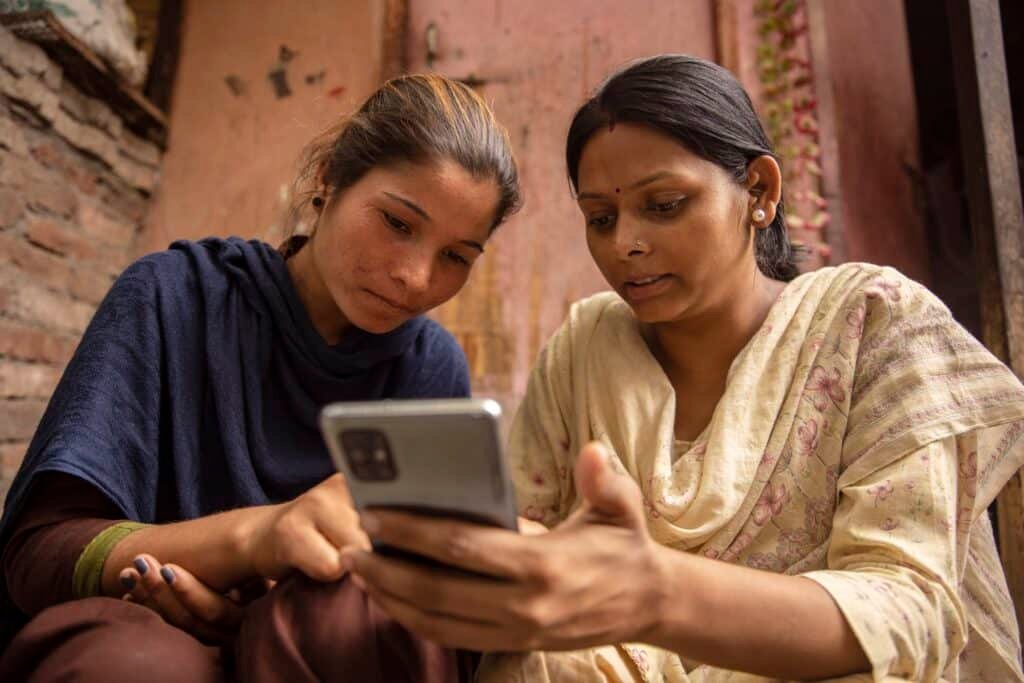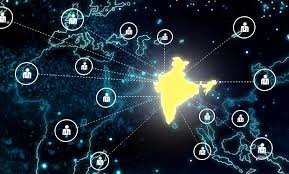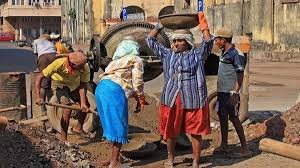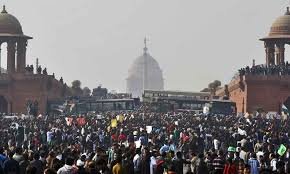Caste based Inequities in digital access
Tanishka Urade Introduction In the 21st century, most people occupy two realms simultaneously: The physical and digital. The digitization and digitalization of the world is happening at a rapid pace, making it almost impossible for people to exist without an online identity. India has more than 820 million internet users at present. The use of […]
Caste based Inequities in digital access Read More »









